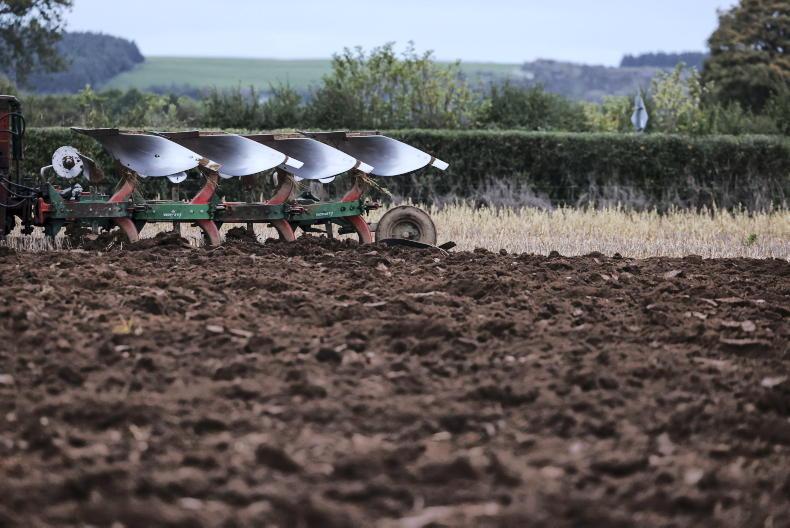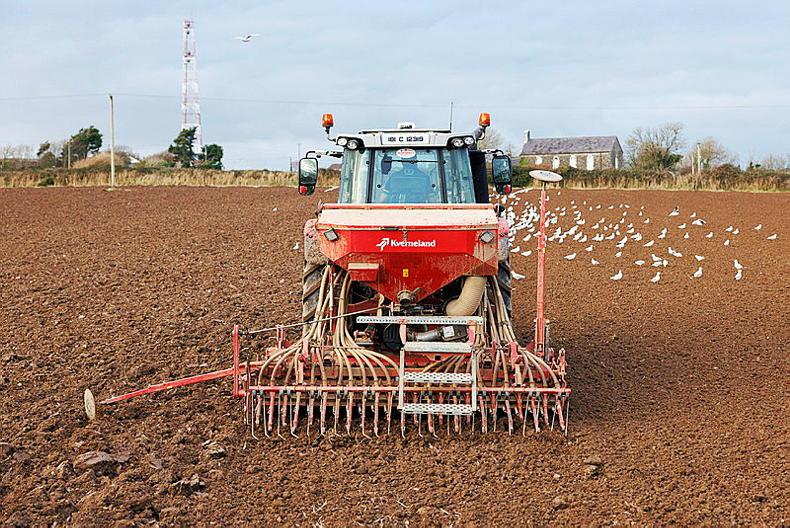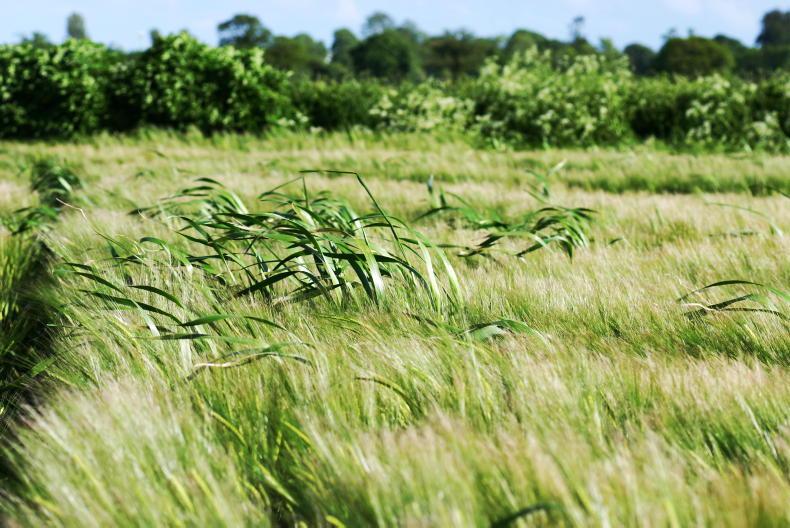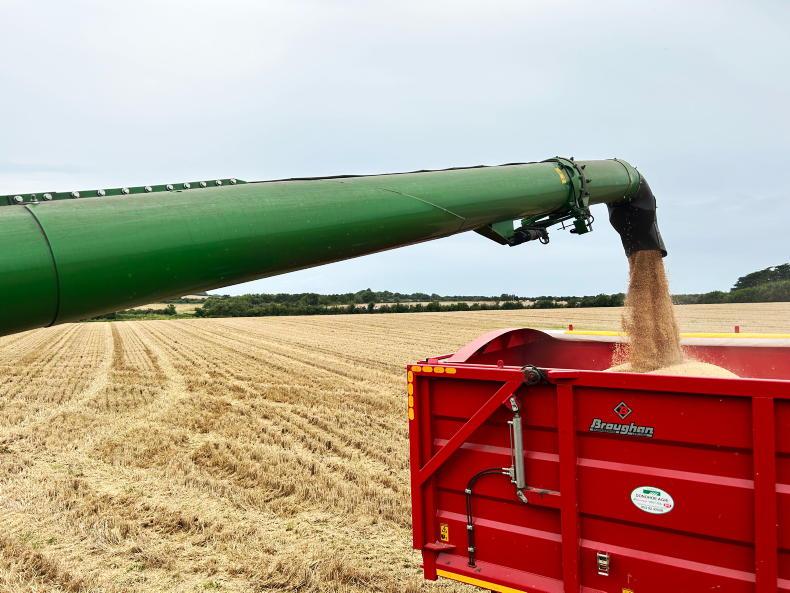This spring there is a seed shortage and many merchants have no spring barley seed left to sell. As a result, farmers need to stick to the seed rate they had planned on and only increase the rate if they have bought extra seed or know there is seed available.
Sowing rate is crucial to establishing a high-yielding crop.
It will be affected by ground conditions, the grain weight of the seed, expected establishment and the target plant count.
It is essential that all farmers calculate their seed rate based on the thousand grain weight (TGW) of their seed.
This is printed on the seed bag and if it isn’t, then you need to query the seller. All certified seed should have the TGW on the bag.
To get the seeding rate, you multiply the target plant count/m2 by the TGW (g) and divide by the expected establishment percentage. This will give you the sowing rate in kg/ha.
(TGW X target plant count) / Establishment % = Sowing rate (kg/ha)
Target
The target plant count that Teagasc advises is 300 plants/m2 in early- to mid-April and moves to 325 plants/m2 in late April.
Establishment rate will vary with ground and weather conditions, but is generally estimated at 85% in March and early April and at 90% in late April.
As the sowing date moves into April, then the establishment rate would be expected to be high, unless extremely dry conditions took over. Seed rate will increase as the season moves on.
For those home-saving seed, you should have the TGW calculated. This could be done when sending away for the germination test.
There is quite a bit of imported seed around this year due to a shortage of spring cereal seed and it looks to have lower TGWs than Irish seed, so this will have a lower seeding rate.
Remember, you want enough seeds to reach yield potential and to hold up a strong crop, but not so much seed that grain size will be limited.










SHARING OPTIONS